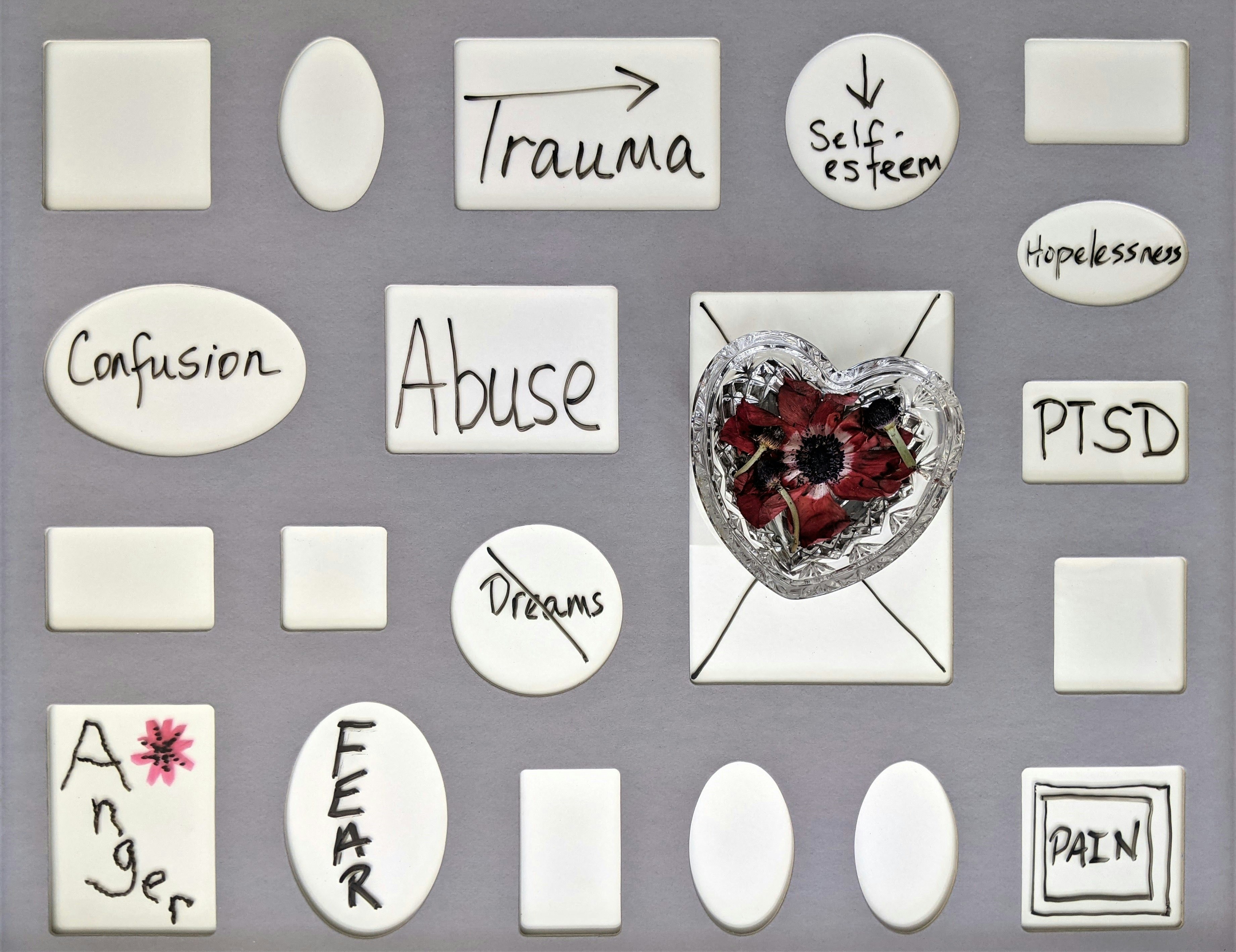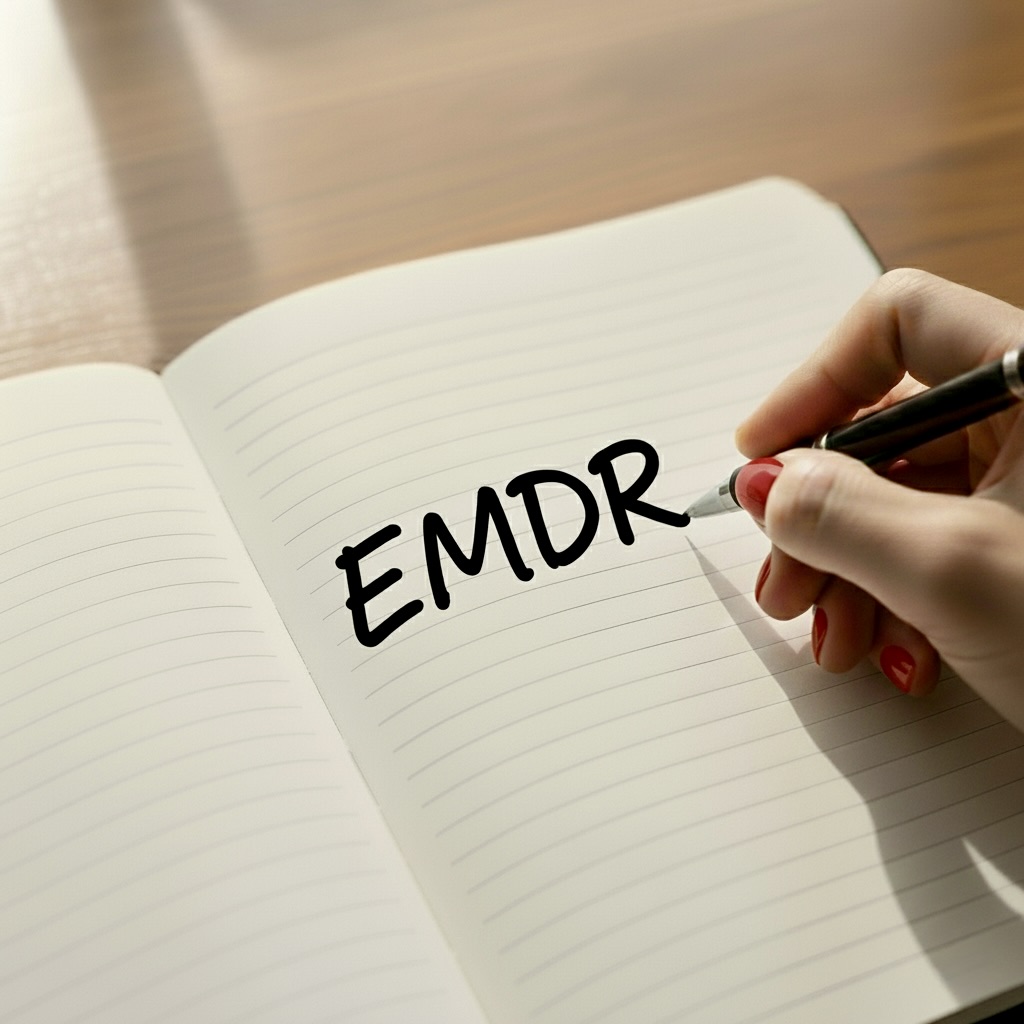Eye Movement Desensitization and Reprocessing (EMDR).
Your story, reclaimed: the power of EMDR
You’ve got a lot of life under your belt, and somewhere along the way, some of that hard stuff got “stuck.” That old heartbreak, the job that tanked, or the trauma you just can’t shake – it feels like it’s still happening right now. EMDR (Eye Movement Desensitization and Reprocessing) is a way to help your brain turn the page on those memories, so they don’t get the final say in your story.

This isn’t about forgetting what happened; it’s about taking back your power.
When a person experiences a disturbing event, it can get “stuck” in the brain, holding onto the original fear and anxiety. Those unprocessed memories can be easily triggered by present-day events, leading to symptoms like flashbacks and a constant feeling of being on edge. The good news is, your brain has the power to change this.
How it works: Telehealth, tones, and taking back control.
You’re ready to explore EMDR, and you’re wondering how it all works when you’re not in the same room. I get it. It’s easy to feel skeptical about how something so powerful can translate to a screen. But EMDR, even from a distance, can be just as effective, and in some ways, even more so because you’re in the comfort of your own space. We’ll use a secure, HIPAA-compliant Telehealth platform, so you can be on your couch, in your favorite chair, or anywhere you feel completely at ease.

From there, the process is largely the same. We’ll start by talking about the memories that are causing you pain. These aren’t just stories; they’re the evidence we’ll uncover to understand what’s been holding you back. The core of EMDR therapy involves using bilateral stimulation—like rhythmic side-to-side eye movements, auditory tones, or tapping. Instead of a therapist’s hand movements, we can use a light bar on your screen, or you can use your own hands to tap your knees or shoulders—whatever feels right to you.
Your brain has the power.
This process is similar to what happens in your brain during REM (Rapid Eye Movement) sleep, the stage where you actively process and consolidate memories. By pairing this gentle stimulation with the memory, its emotional intensity fades. The memory itself doesn’t vanish, but it becomes less painful and no longer holds the power to disrupt your life. You’ll still know your story, but you will be the one wielding the pen.

What happens after an EMDR session?
The processing of the memory may continue after our session. You may or may not notice new insights, thoughts, memories, physical sensations, or even dreams. It’s helpful to take a note of what you notice so we can talk about it in our next session.
While the memory itself won’t disappear, the emotional charge that was “stuck” to it often fades. You may notice that old triggers no longer have the same power over you. A song, a street, or even a conversation that once sent you spiraling might now feel neutral. Over time, you can regain a sense of self-control and inner peace, feeling more present in your life and less haunted by the past. The goal is to move from simply surviving to truly thriving, with your story finally reclaimed and in your own hands.
Ready to lose the baggage?


